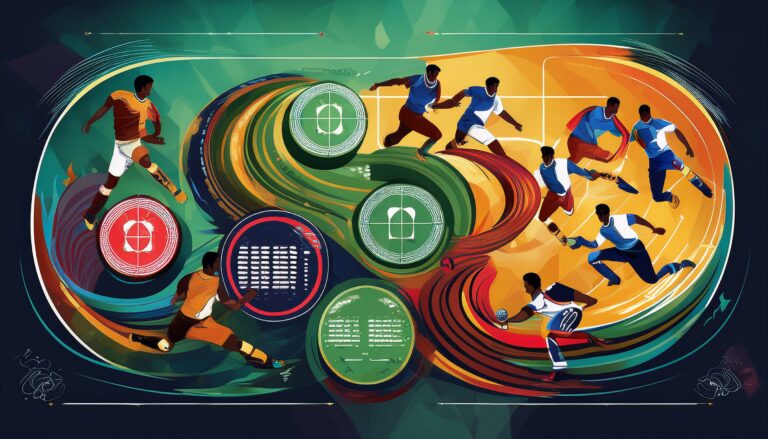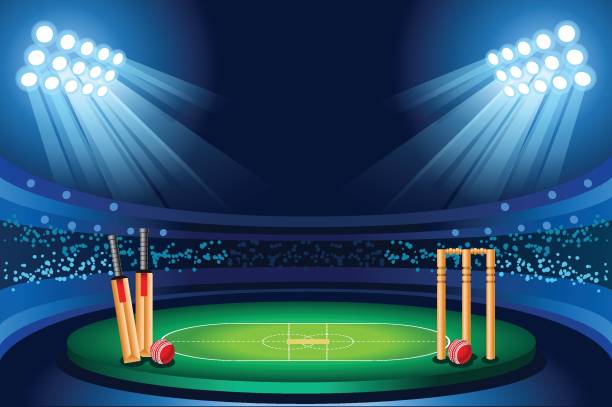Cricket and Cultural Fusion: Addressing Controversies in Hybrid Team Formations
11Xplay Pro , Play99Exch : Cricket team formations have undergone significant changes throughout the history of the sport. In the early days, teams typically consisted of a captain, bowlers, fielders, and batsmen. These formations were simple and focused on basic roles within the game. As the sport evolved and strategies became more sophisticated, teams began to adopt specialized positions and formations to enhance their performance on the field.
One of the key developments in the evolution of cricket team formations was the introduction of fielding positions such as slips, gully, and silly point. These positions were strategically placed to maximize the chances of taking catches or stopping runs, adding a new layer of complexity to team strategies. Over time, teams began to experiment with different combinations of players in various positions to create dynamic and versatile formations that could adapt to different game situations.
The Impact of Cultural Diversity on Modern Cricket Teams
Modern cricket teams have seen a significant rise in cultural diversity, with players hailing from various countries and backgrounds coming together to form a cohesive unit on the field. This fusion of cultures brings a unique blend of playing styles, strategies, and perspectives to the team, enriching the overall game of cricket.
The inclusion of players from diverse cultural backgrounds not only enhances the skill set of a team but also fosters a sense of unity and understanding among teammates. Players learn to appreciate and respect each other’s differences, leading to improved communication, teamwork, and ultimately, better on-field performances.
Challenges Faced by Hybrid Team Formations in Cricket
Hybrid team formations in cricket have become increasingly popular in the modern era, as teams look to infuse diverse strengths and playing styles to gain a competitive edge. However, this blending of different cricketing cultures and strategies can present significant challenges on and off the field. One of the key obstacles faced by hybrid team formations is the need for players to quickly adapt to new roles and understand the varied tactics employed by their teammates. This adjustment period can sometimes lead to confusion and miscommunication, impacting the team’s performance during crucial moments in a match.
Additionally, the cultural diversity within hybrid teams can sometimes result in clashes over decision-making and strategies. Different players may have contrasting opinions on how to approach certain situations, leading to disagreements that can affect team morale and cohesion. Managing these conflicts and ensuring that all players are aligned towards a common goal can be a delicate balancing act for team coaches and captains. Ultimately, while hybrid team formations offer the potential for innovative and dynamic play, navigating the challenges posed by diverse backgrounds and playing styles requires a high level of communication and understanding among team members.







